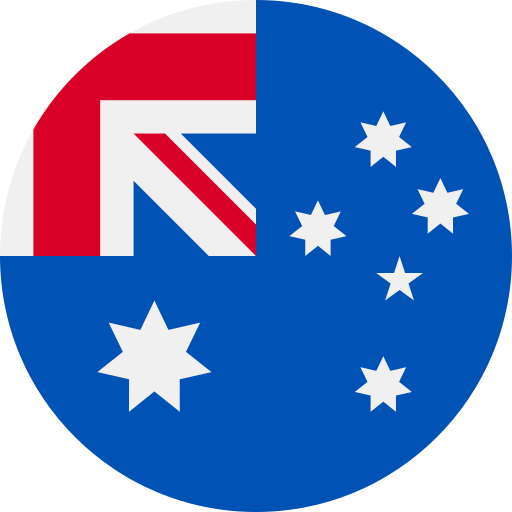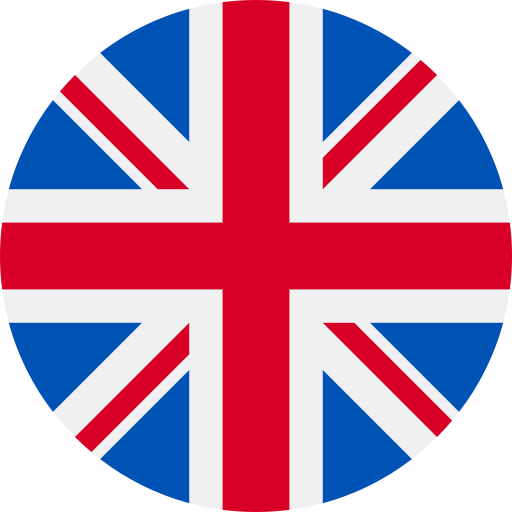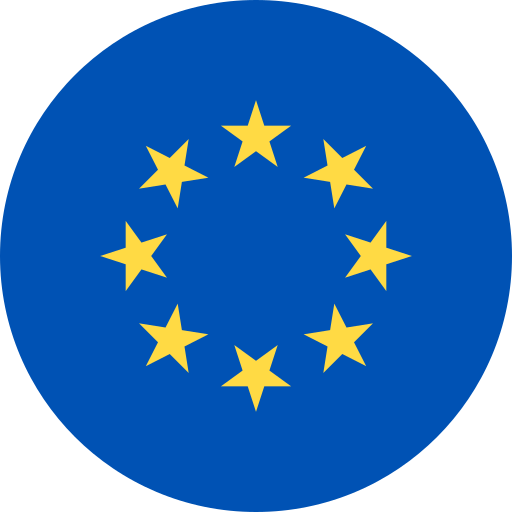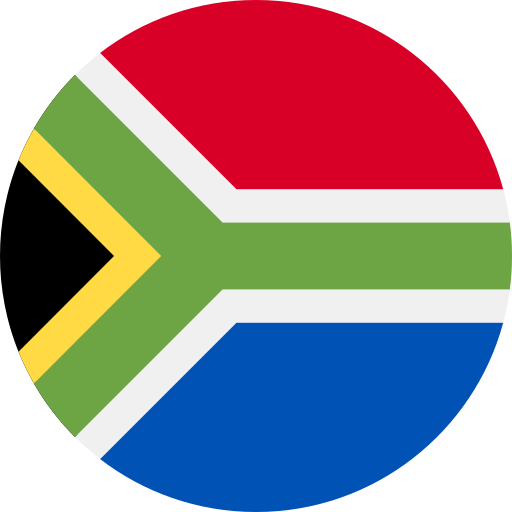Whether you're sending money to Europe, buying a home overseas, or managing international business payments, Direct FX offers trusted, cost-effective NZD to EUR solutions. Our experienced team monitors the market, provides expert knowledge, and helps you move funds safely—often with better rates than the banks. Contact Us for your free NZDEUR quote now, or speak to a FX expert today to plan your next transfer with confidence.



























Please note that all rates shown are midpoint indicative rates.
Need to send money from New Zealand to Europe or back again? At Direct FX, we make your NZD to EUR transfer simple, fast, and cost-effective. Whether you're paying for overseas property, supporting family, or managing business transactions across Europe,
our tailored NZD/EUR transfer services ensure you get the best possible rate with low fees and no hidden charges. With expert support and transparent pricing, your NZDEUR transfer is in safe hands from start to finish.
The New Zealand Dollar to Euro (NZD/EUR) exchange rate is a major currency cross that reflects not only New Zealand’s local economy but also the broader European Union’s financial performance. With the Euro being one of the world’s most influential currencies, shifts in this pair are often tied to global risk sentiment, trade flows, interest rate differentials, and commodity cycles.
Over the past two decades, the NZD to EUR rate has seen significant fluctuations, generally ranging between 0.48 and 0.69 EUR, depending on global economic trends and the performance of the Eurozone versus the New Zealand economy.
For Individuals: Whether you’re sending money to family in Europe or moving funds to New Zealand, the EUR to NZD or NZD to EUR transfer rate directly impacts how much your recipient receives. Even small differences in the exchange rate can significantly affect regular transfers or one-off payments like tuition, travel, or gifts. At Direct FX, we help you optimise timing and avoid high bank fees, so your money goes further every time you make an nzdeur transfer.
For Businesses: Europe is a key trade partner for New Zealand. Many Kiwi businesses import European goods or export NZ-made products to EU customers. With VAT requirements, contract pricing, and supply chain costs impacted by the exchange rate, NZD to EUR and EUR to NZD transfers can directly affect profitability.We provide business clients with tools and market alerts to help manage currency risk and protect margins.
All Day EUR Italian Bank Holiday
4:30pm AUD Cash Rate
Forecast 3.60% Previous 3.60%
4:30pm AUD RBA Rate Statement
5:30pm AUD RBA Press Conference
10:00pm JPY BOJ Gov Ueda Speaks
Tentative USD ADP Weekly Employment Change
Previous -13.5K
3:15am GBP Monetary Policy Report Hearings
Sep Data USD JOLTS Job Openings
Previous 7.23M
4:00am USD JOLTS Job Openings
Previous 7.14M
10:10am NZD RBNZ Gov Breman Speaks
2:30pm CNY CPI y/y
Forecast 0.70% Previous 0.20%
2:30pm CNY PPI y/y
Forecast -2.00% Previous -2.10%
11:55pm EUR ECB President Lagarde Speaks
2:30am USD Employment Cost Index q/q
Forecast 0.90% Previous 0.90%
3:45am CAD BOC Rate Statement
3:45am CAD Overnight Rate
Forecast 2.25% Previous 2.25%
4:30am CAD BOC Press Conference
8:00am USD Federal Funds Rate
Forecast 3.75% Previous 4.00%
8:00am USD FOMC Economic Projections
8:00am USD FOMC Statement
8:30am USD FOMC Press Conference
1:30pm AUD Employment Change
Forecast 20.3K Previous 42.2K
1:30pm AUD Unemployment Rate
Forecast 4.40% Previous 4.30%
Tentative GBP BOE Gov Bailey Speaks
11:00pm GBP BOE Gov Bailey Speaks
2:30am USD Unemployment Claims
Forecast 221K Previous 191K
8:00pm GBP GDP m/m
Forecast 0.10% Previous -0.10%
No Releases.
Markets stabilise after the AI correction, but weak US labour data heightens pressure on the Fed’s final 2025 rate cut. Yen carry trade reversal rattles assets, especially crypto.
Read more →RBNZ poised to cut rates, US jobs surprise to the upside, Nasdaq surges, and gold hits $4,100. Bitcoin steadies, Fed signals December easing, GBP strongest while JPY lags.
Read more →Global markets turn anxious amid AI bubble concerns and potential UK political upheaval. Data prints mixed worldwide, adding to volatility across major currencies.
Read more →